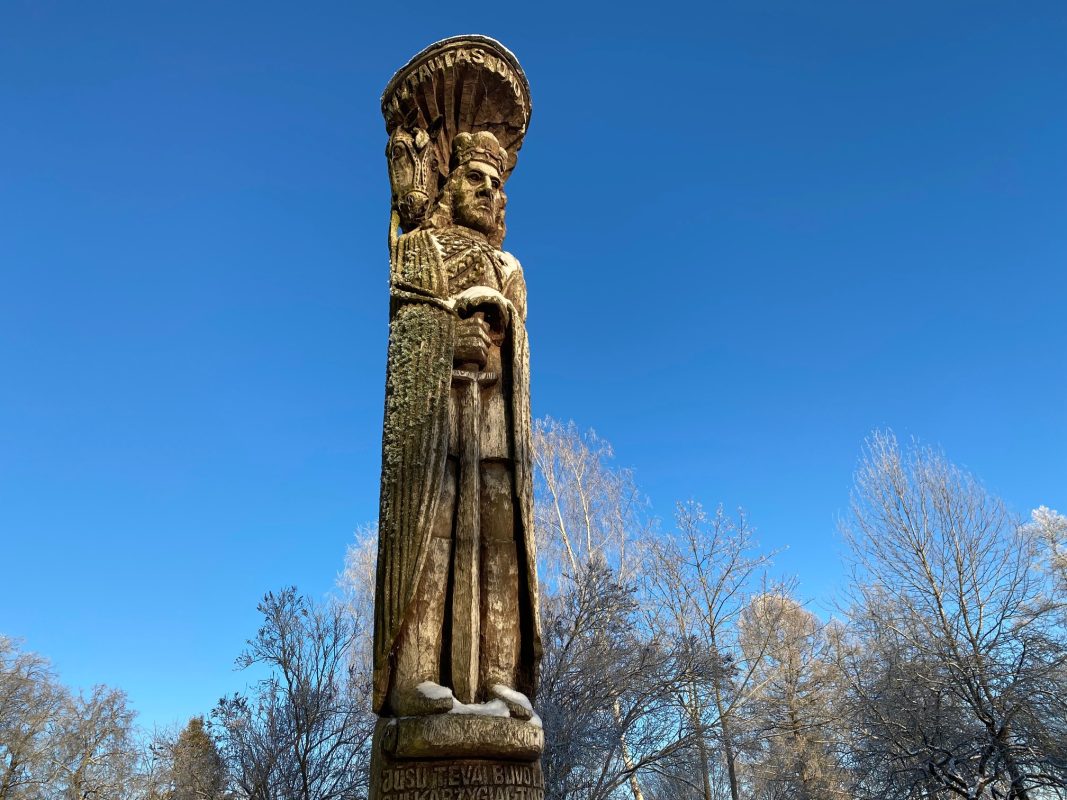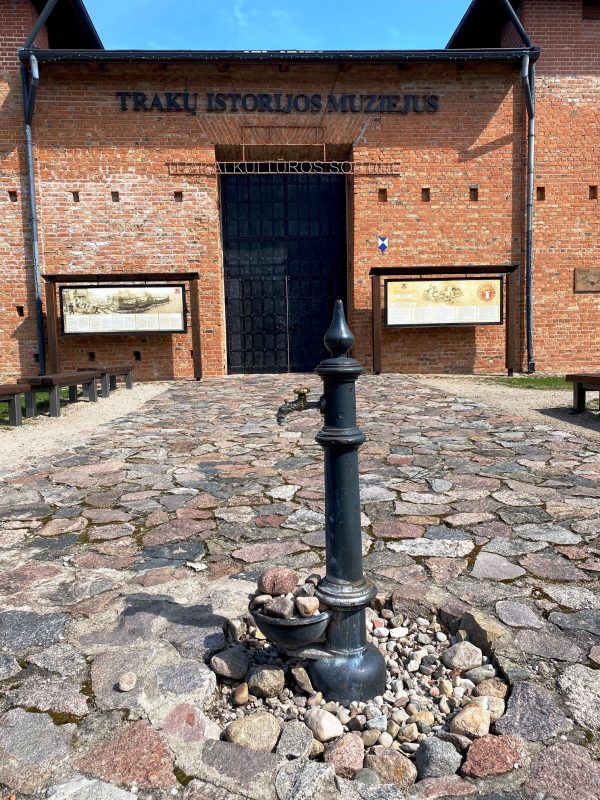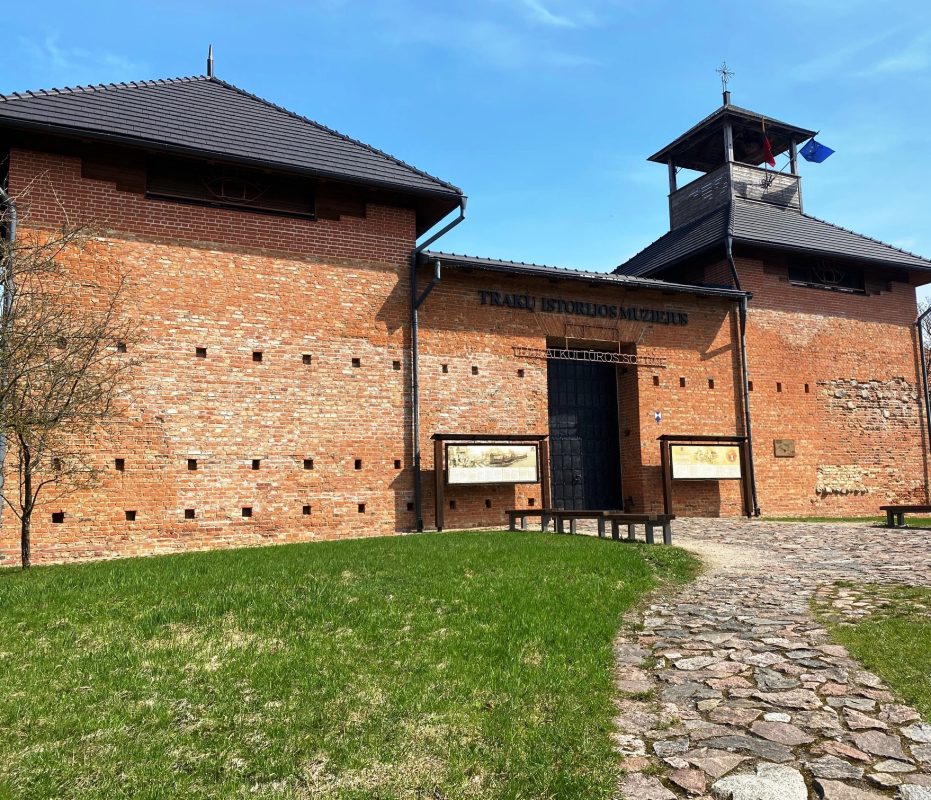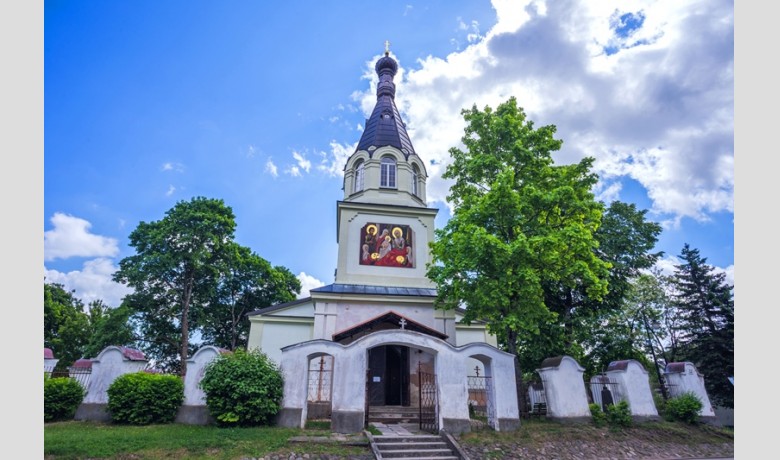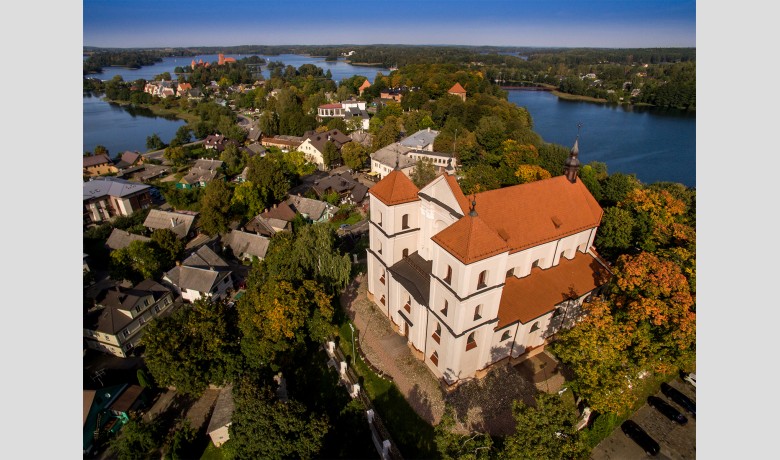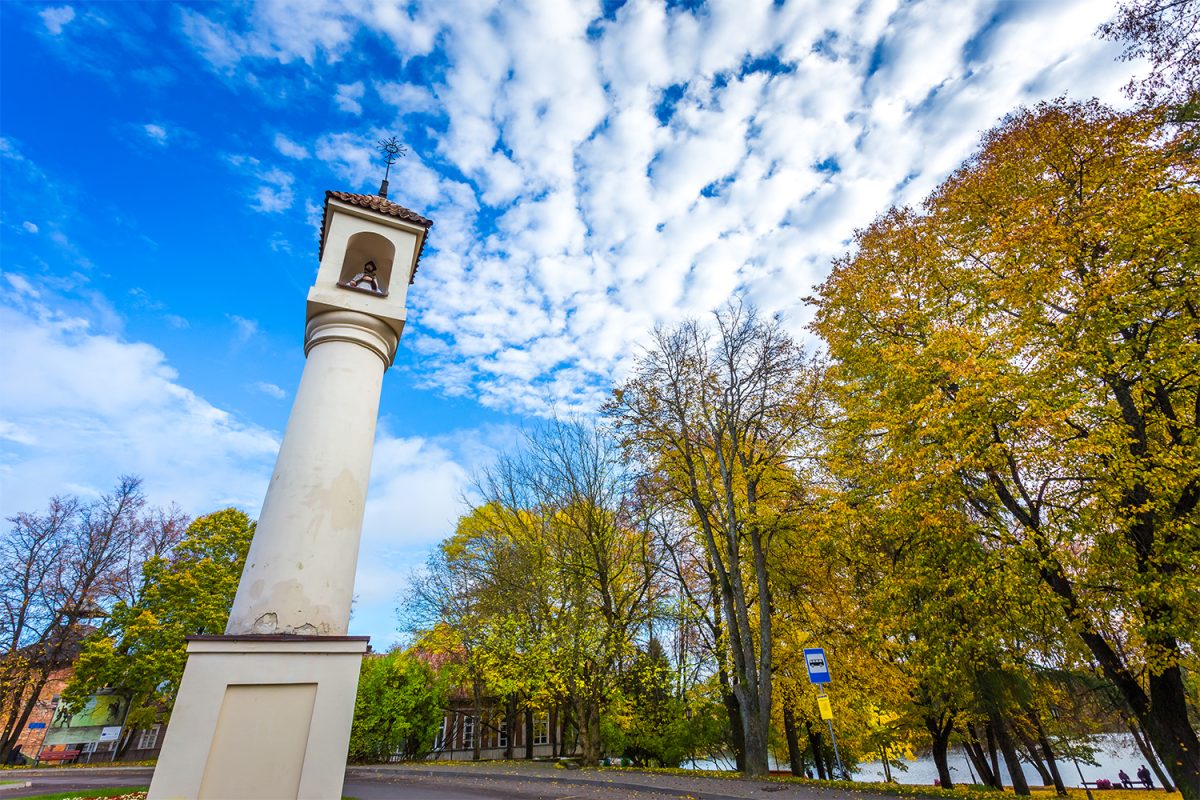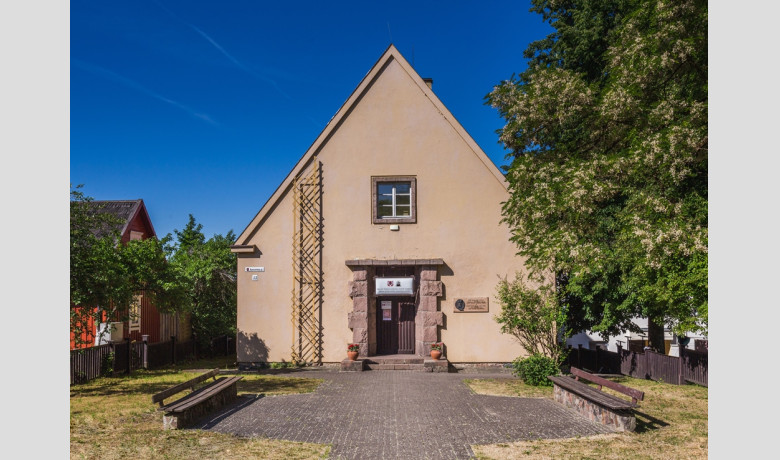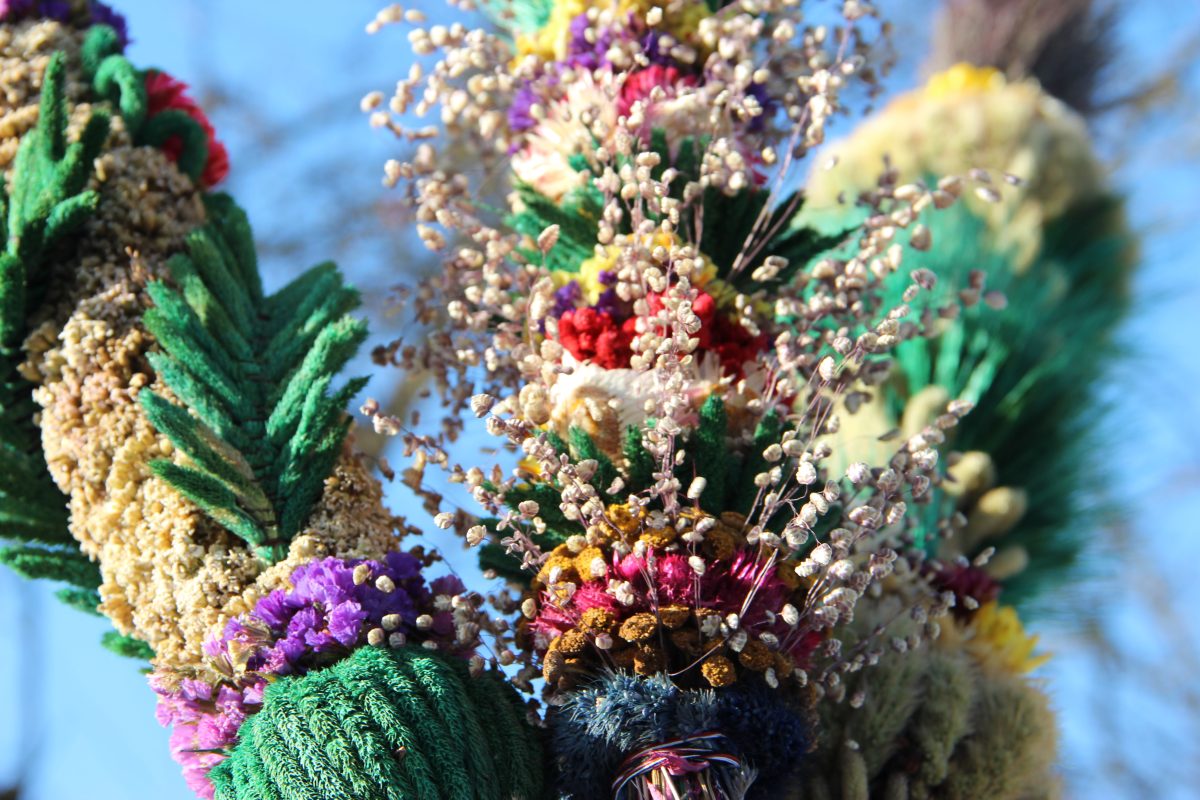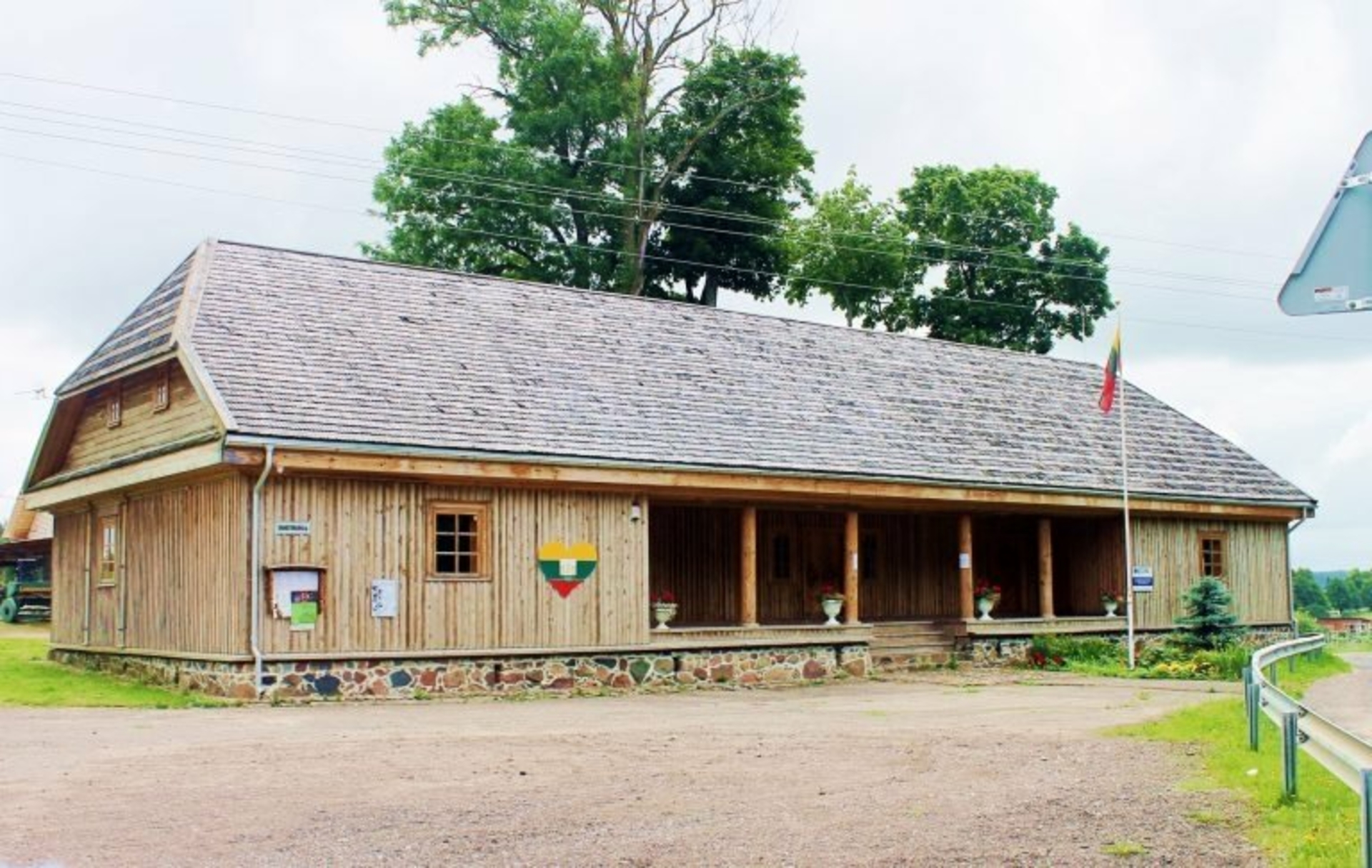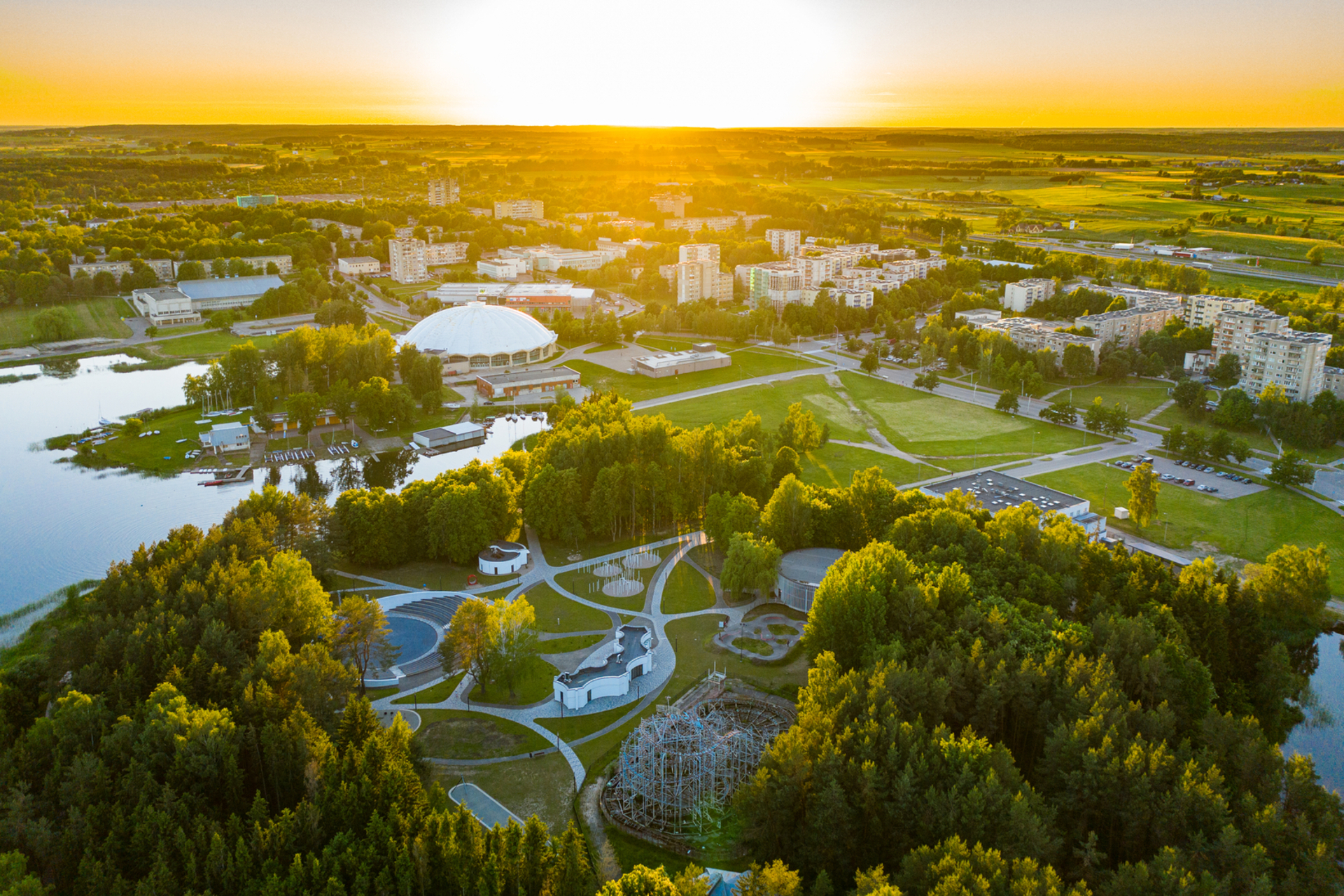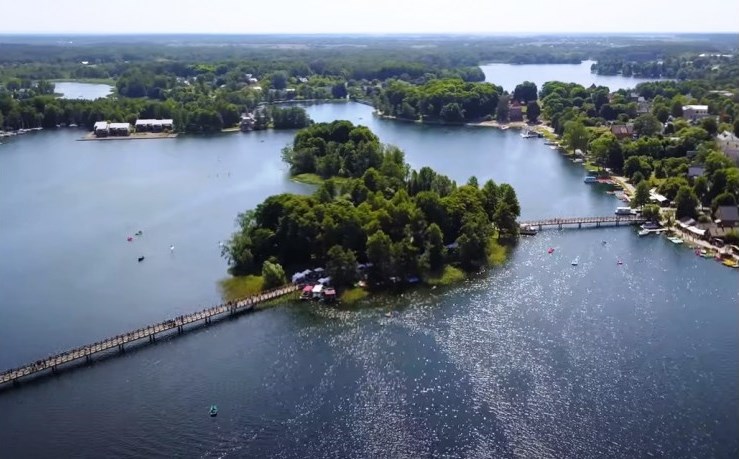Near Trakai Island Castle lies an island known by three names: Cow Island, Karaim Island, or Cabbage Island, connected to the city and the castle by bridges. This location boasts three distinct names due to its unique and varied histories. For example, the name "Cow Island" reveals that it was once a pasture where the Karaim grazed cows. Residents of the time would see cows and horses being transported to the island across the lake, while goats were ferried over by boat.
The second name, "Karaim Island," recalls the Karaim soldiers who guarded Trakai Island Castle during Vytautas the Great’s reign. This suggests that the island functioned as a kind of outpost for the castle. While no specific buildings from that time are documented, it is known that Ivan Sapiega purchased the island’s manor in 1520, which also included the nearby Chapel Island.
The third name, "Cabbage Island," originates from the successful vegetable gardens maintained by the Karaim, who notably grew cabbage there. Their talent for vegetable cultivation was prominent, and they often used these in their cuisine. For example, finely chopped fresh cabbage is added to kibinai (traditional Karaim pastries) to make them juicier. Kibinai (singular: kybyn; plural: kybynlar) are one of the most well-known dishes of Karaim culture worldwide.
However, kibinai are not the only dish in Karaim cuisine; it is also rich in dishes made from fresh and pickled cabbage, such as soups, pies, pastries, stews, salads, and the famous kiubėtė – a pie made with a rich dough and filled with fish or minced meat and vegetables. The pie's top is enjoyed with broth, while the rest is eaten as a second course. The meat filling typically uses beef or lamb, seasoned with vegetables and herbs, but never pork, as Karaim do not consume it.
You will also find many
potato dishes in Karaim cuisine, such as biok, which is similar to the Lithuanian kugelis. This dish is baked with grated potatoes and small pieces of fatty beef or lamb.
In fact, Lithuanian and Karaim cuisines share several similarities. For instance, Lithuanians eat cepelinai, while Karaim enjoy koptas – potato dumplings cooked in a thick soup made from beef or lamb bones with barley and beans or lots of carrots. When the soup is almost ready, grated raw potatoes and finely chopped lamb or beef are formed into dumplings and added to the soup, which is then baked in an oven.
The Karaim people are famously hospitable, a quality that has become legendary over the centuries.
One such legend speaks of the fortress city of Chufut Kale near Bakhchisarai, from which the first Karaim reportedly came to Lithuania. According to the legend, when the enemy surrounded the fortress, the residents decided to fight not with weapons but with hospitality. The women prepared plenty of food, and the elders opened the gates, inviting the weary and hungry enemy inside. The enemy soldiers realized they could not attack a people who welcomed them with bread and salt instead of weapons.
Karaim hospitality and the deliciousness of their dishes are not only legendary but also highly praised. One story tells of a Muslim cleric who was so impressed by a Karaim stew that he was left speechless. This gave rise to the name "imam bayıldı," meaning "the imam swooned," referring to an eggplant and tomato stew.
Every summer in August, Cabbage Island hosts the "Cabbage Fair" and the Feast of the Assumption of the Blessed Virgin Mary. The Cabbage Fair preserves old festival traditions, attracting many visitors from Lithuania and abroad. During the event, participants and guests are treated to the "Hostess’s Cabbage Soup."





 Entertainment
Entertainment
 Food establishments
Food establishments





























 54.649953, 24.933885
54.649953, 24.933885
 Get directions
Get directions








